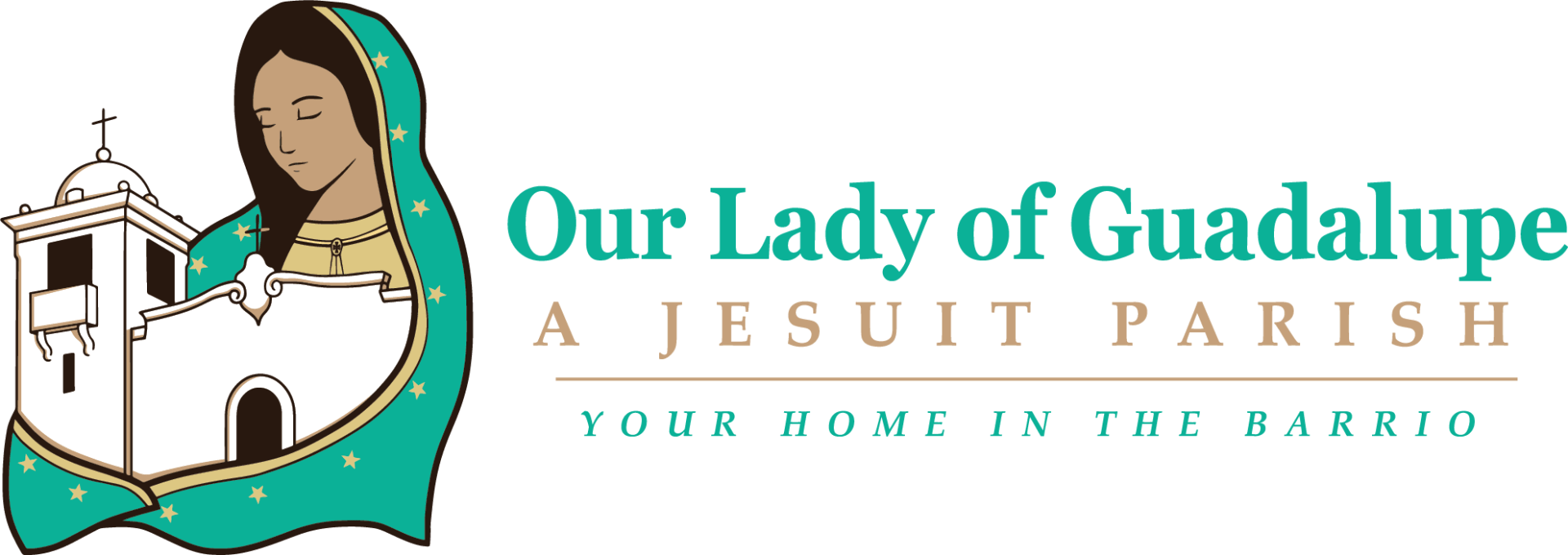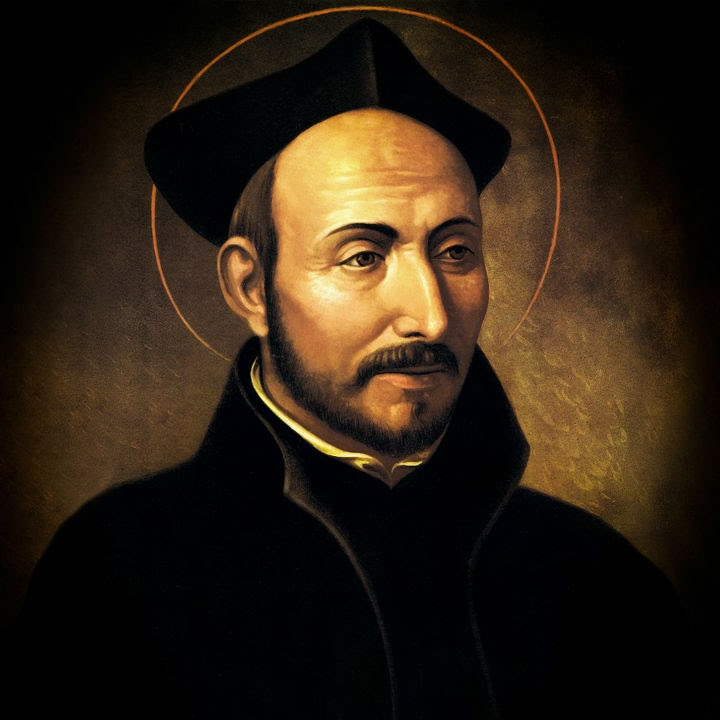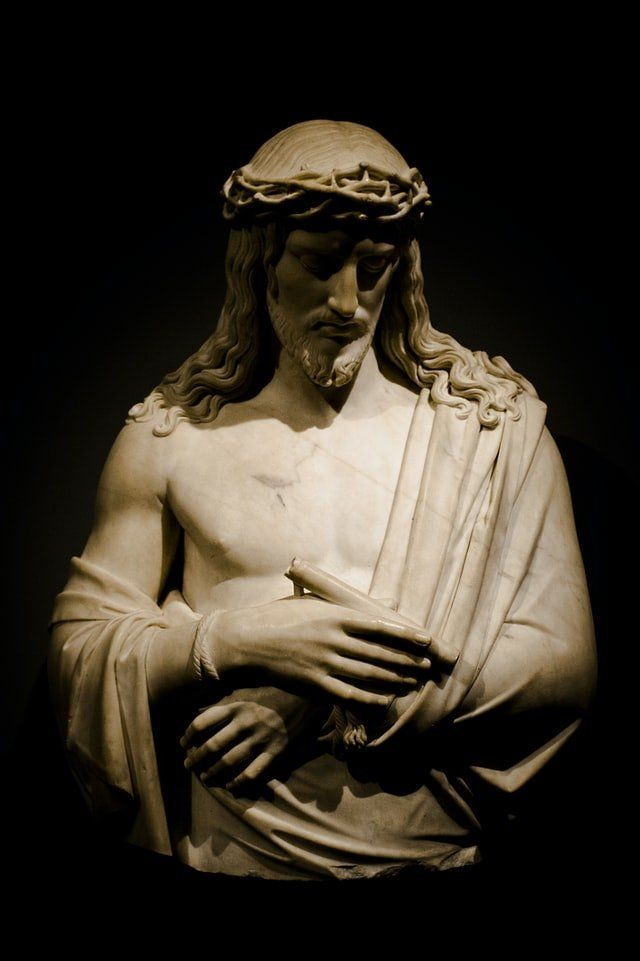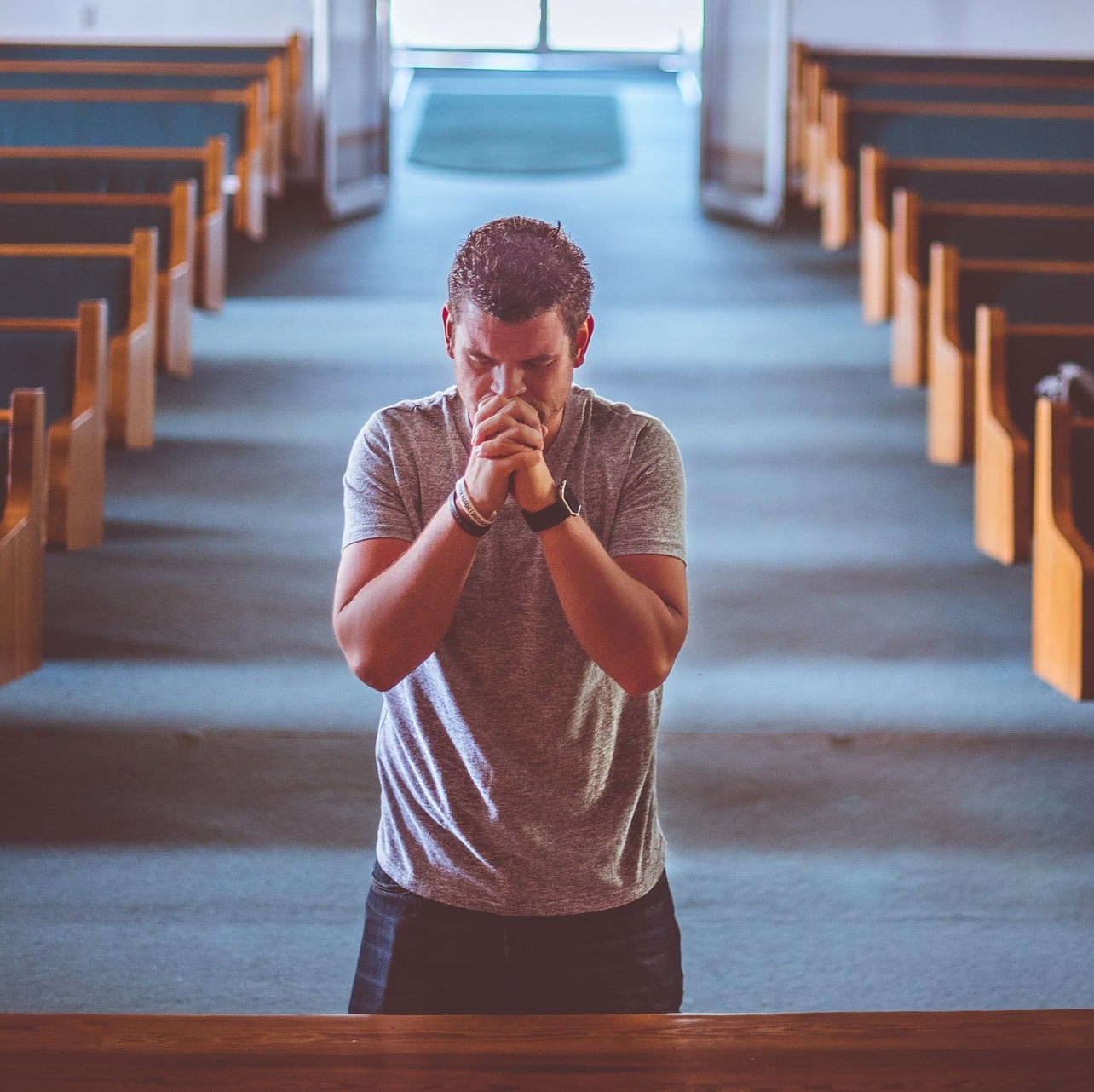The Spiritual Exercises of St. Ignatius
A commentary by Fr. Kevin Ballard, SJ
St. Ignatius’ gift to the world is at the root of Ignatian spirituality, a 30-day silent retreat known as the Spiritual Exercises of St. Ignatius of Loyola. Its purpose is to help one overcome the false needs of the self and properly order one’s life so as to more freely make decisions that follow God’s will. “The Exercises” are different forms of prayer, meditation, contemplation, and consideration on the life, ministry, passion, and resurrection of Jesus. They are divided into four stages called “weeks.” It also has modified forms for those whose lifestyles cannot accommodate a 30-day hiatus (that’s many of us). Ignatius of Loyola was transformed from a solider to a saint by becoming a companion of Jesus. His conversion was not from unbelief to belief as he already believed in God. His conversion was not from outside the Church to the inside as he was a proud Catholic Christian. His conversion was not away from non-practice to the practice of the faith as he was already practicing and praying Christian. Though his conversion involved turning away from sinful ways to a path of holiness, it did not stop there.
The result of the graces of transformation was not just a believing Christian, a practicing and praying Catholic, or a person living a good moral life. What happened was that Ignatius was touched and moved by God’s mercy and was further touched and moved by following Jesus to a great love for Christ and a love of others and the world in Christ. Hence the great works he accomplished that transformed lives!
The First Stage of the Exercises
The first stage or “week” of the Spiritual Exercises calls us to our true identity to God, to one another and the world, before good and evil. We realize that we are created for a specific purpose. Our ultimate happiness (the salvation of our soul) involves praising and doing reverence to serve God. Everything else is to aid us in choosing to the Good and living in the light of this choice.
But there also are shadows. We are confused, slowed down, stopped, and diverted from the Good by the effects of evil (our sins, our disorders, evil in the world). We are called to see the gap between our lives and what we are called to be. But we are NOT drawn into shame and guilt but rather the awe that comes from seeing how God’s grace has protected and nourished us, in spite of our affinity for the darkness. It is as a person profoundly grateful for and awed by God’s limitless mercy for us that we are called to move on to the other stages of the Exercises.
The pivot of the Exercises is The Call of Christ the King. It is not necessarily a command to imitate Jesus, because he invites us to know him as a friend and mentor, and not just know about him as an example and ruler. Our question is not, “What would Jesus do?” It is rather, “Hello my friend, how would you like me to be with you?” We are invited to a relationship that transforms us as we live it. Thomas Kempis, the author of The Imitation of Christ, incites us to know, love, and serve Christ. St. Ignatius, the author of the Spiritual Exercises, suggests that we ask Jesus Christ to correct our sinful ways. He offers a meditation in which Christ urges us to accompany him in his saving work for all humanity and the world!
It is not imitation of what we see. It is invitation from whom we hear. We are not commanded just to imitate Christ – we are called to accompany him. The call comes from getting to know him more, so that we can love him more and better follow him.
The Second Stage of the Exercises
In the Second Week of the Spiritual Exercises, the focus is on an ongoing and deepening commitment to the person and mission of Jesus. It calls us to become present to the stories of Christ in the Gospels. St. Ignatius specifically suggests that the one making the Exercises spends time with Gospel passages where decisions and commitments are asked of the people around Jesus. There is, then, a progression of stance and viewpoint that goes from bystander to fan, to sometime participator to collaborator, to disciple to companion, to close associate to friend. In this progress of roles, the person is drawn into an ever-
deeper identification with Christ and his mission. At the same time, one is called to see how the decisions of one’s life reflect this deeper relationship with the Lord.
The second stage involves a contemplative awareness of Jesus’ life and his work. This intimate knowledge of Jesus happens when we go on the road with him. We take an active role and later reflect on how we were touched and moved by what we shared. As we walk with Jesus we become more involved in his viewpoint and his purposes and decisions. We desire and move with him. It is from this personal perspective that one arrives at the Third Stage of the process: the point where we choose to suffer with him as a companion in his passion (suffering and death) out of love – because we sense what he is about and we can’t imagine not paying the price with him.
The Third Stage of the Exercises
Most of us have had the experience of wanting to be a companion to somebody we love when they are suffering. Our identification with their suffering is so strong that we want to suffer with them. We hurt when they hurt. We feel their pain. We also get to know them more deeply and feel the loves and commitments that motivate them to encounter great difficulty. We also encounter our own deep values and weaknesses.
It is in this way that we are invited to ask to suffer with Jesus what he suffers. We get to know him as well as ourselves by this prayerful presence to his passion and death. There are many fruits of this experience, but perhaps the most outstanding is that we see and feel with Jesus the great love for both the Father and for the people that inspires His self-emptying. This confirms our own commitments to share and be the love of God in the world. The Scriptures tell us that “If we die with Him, we will rise
with Him.”
This brings us to the Fourth Stage. We are invited to accompany our friend Jesus Christ in the Joy of His Resurrection.
The Fourth Stage of the Exercises
At this stage the grace we ask for is not that of being happy for ourselves because of His resurrection. It is rather: “to rejoice and enjoy intensely the Joy of Christ our Lord.” Having been united to Him in suffering we are now living in union with His joy and glory. Just as our union with Jesus in friendship enabled us to suffer and die with him for love – now our friendship with Jesus enables us to participate intimately in His Saving resurrected presence in the world and for the world’s people.
The Fourth Stage concludes with a reflection on that presence. We recall God present to us in the mysteries of our faith. We ponder God living in all creatures and creation. We consider how God labors in all creation. We ponder God’s blessings coming from His abundance.
All these reflections lead to a life lived with an awareness of God present in all things, even amidst the ordinary stuff of our days.
To know more or to experience the Spiritual Exercises, please click here for the Center for Ignatian Spirituality.






